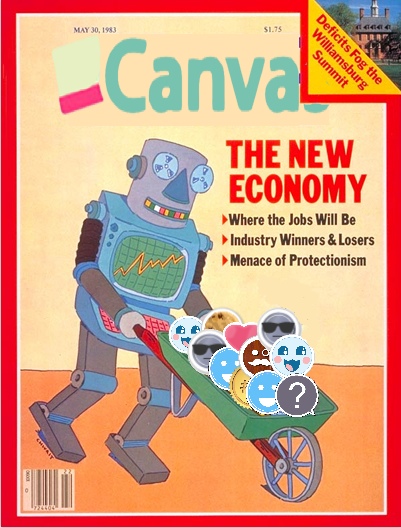Last week on MBA Mondays, I talked about valuing an internet marketplace business. In that post, I talked about using 1x gross marketplace transactions and 20x EBITDA as multiples to determine value. In the comments, I was asked about multiples for other sectors. That's a good question so I figured I'd show how to calculate multiples for various sectors.
For this exercise we will focus on the software as a services (SAAS) sector. The first thing you need to do is find a universe of publicly traded companies to use for your model. I found this blog post and used a subset of the companies on the list.
The next thing you do is create a spreadsheet with a bunch of companies on it. I decided to use five SAAS companies in my model; Salesforce, NetSuite, Constant Contact, Taleo, and RightNow. The spreadsheet with these five companies is here.
Please don't get too caught up in the numbers in the spreadsheet. I believe they are accurate but I did this work in about twenty minutes this morning and there could well be errors in it. The point is to show you how to do this work, not to build the absolutely most accurate valuation model.
For each company, I collected revenues and EBITDA for 2011 and 2012 and current values for market cap, cash and debt. I used two free services to get these numbers. I used Google Finance to get market caps and current cash and debt levels. Here is the Google Finance page for RightNow, for example. To get revenues and EBITDA, I used a combination of Google Finance and Yahoo Analyst Estimates. Here is the Yahoo Analyst Estimates page for Right Now.
I then put all the numbers down and used formulas in the spreadsheet to calculate enterprise value which is market value minus cash plus debt. This normalizes the market caps for companies with high cash levels or high debt levels. Then I divided enterprise value by revenues to get to enterprise value/revenue multiples for 2011 and 2012. And I divided enterprise value by EBITDA to get enterprise value/EBITDA multiples for 2011 and 2012. Please take a look at the spreadsheet to see how all of this was done.
The results of this exercise are as follows:
SAAS Price/Rev 2011: 4.8x
SAAS Price/Rev 2012: 3.9x
SAAS Price/EBITDA 2011: 66x
SAAS Price/EBITDA 2012: 31x
The EBITDA multiples are based on a smaller sample size (the 2011 sample size is one!) so they should be understood in that context. It is also true that most of the companies in this sample seem to be investing heavily in sales and marketing to grow revenues at the expense of profits and the public markets seem to be accepting of that approach (given the valuations they are carrying).
The price/revenue multiples seem about right given my cursory understanding of the SAAS world. If you have a SAAS business, then your company's valuation should roughly be 5x this year's revenues and 4x next year's revenues. These are for public companies. Investors will typically take a 20-25% discount for private company valuations because private company investments are not liquid. So maybe 4x this year's revenues and 3x next year's revenues is an appropriate multiple for a privately held SAAS business.
We led a follow-on in one of our most mature portfolio companies last month. It is a SAAS business and these multiples are almost exactly what we paid. That makes me feel good. It means we got a fair deal and so did the company. And that is why this kind of exercise is valuable.









